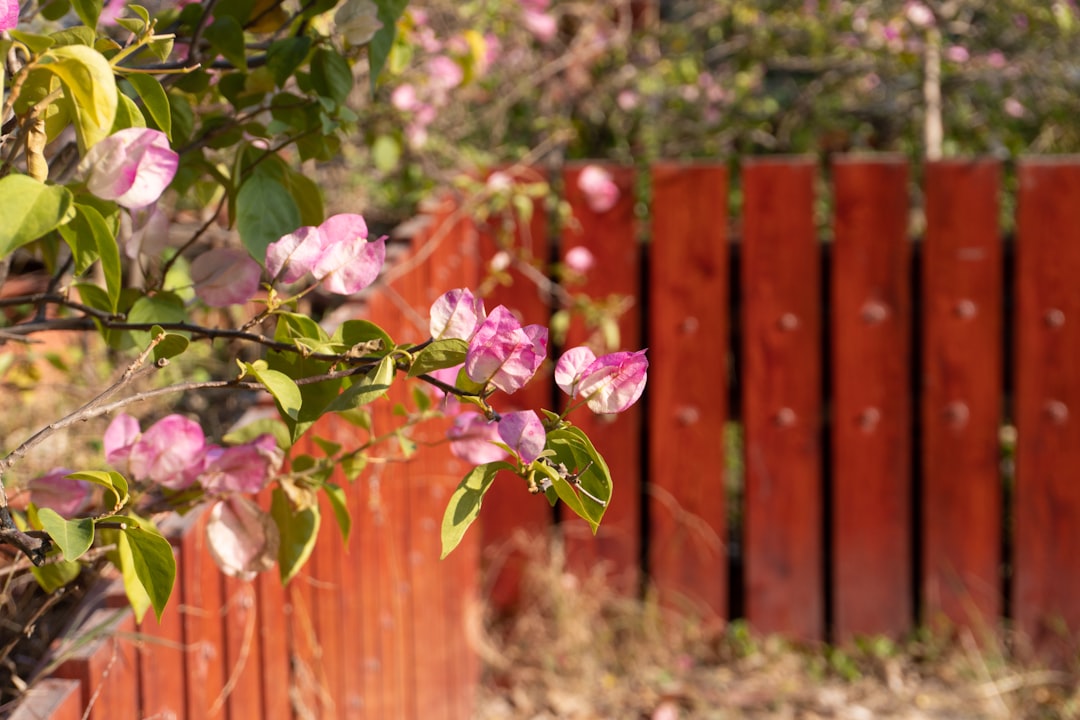The Enchanting World of Climbing Roses: Planting and Care Guide

Climbing roses are a magnificent addition to any garden, bringing a touch of elegance and a riot of colors to fences, arbors, gazebos, and walls. Their ability to climb and spread creates a lush, green backdrop adorned with an abundance of beautiful flowers. In this guide, we will explore the ins and outs of planting and caring for climbing roses, ensuring that you can enjoy their splendor for years to come.
Choosing the Right Climbing Rose
Before you start planting, it's crucial to select the right climbing rose variety for your garden. Consider factors such as the climate in your area, the amount of sunlight your chosen location receives, and the color and fragrance you prefer. Some popular climbing rose varieties include New Dawn, known for its soft pink, fragrant flowers and disease - resistance; Zephirine Drouhin, a thornless rose with deep pink, highly fragrant blossoms; and Golden Showers, which produces bright yellow, double - petaled flowers.
Selecting the Ideal Location
Climbing roses thrive in locations that receive at least six hours of direct sunlight per day. Choose a spot near a fence, arbor, or wall where the rose can have support to climb. The soil should be well - drained, rich in organic matter, and have a pH level between 6.0 and 6.5. You can test your soil's pH using a simple soil testing kit available at most garden centers.
Preparing the Soil
Prepare the planting area by removing any weeds, rocks, or debris. Dig a hole that is twice as wide and just as deep as the root ball of your climbing rose. Mix in a generous amount of compost or well - rotted manure to improve the soil's fertility and drainage. This will provide a good start for your rose plant.
Planting the Climbing Rose
Carefully remove the rose plant from its container and gently loosen the roots. Place the plant in the center of the hole, making sure that the bud union (the swollen area where the rose is grafted onto the rootstock) is about 2 inches below the soil surface. Backfill the hole with soil, firming it gently around the roots. Water the plant thoroughly to settle the soil and eliminate any air pockets.
Providing Support
As climbing roses grow, they need support to climb. Install a trellis, arbor, or other support structure before the plant starts to grow vigorously. You can use soft ties, such as garden twine or cloth strips, to attach the canes of the rose to the support structure. Avoid using wire, as it can damage the canes.
Watering and Fertilizing
Water your climbing rose deeply and regularly, especially during dry spells. Aim to keep the soil evenly moist but not waterlogged. A good rule of thumb is to provide about 1 inch of water per week, either through rainfall or irrigation. Fertilize your rose in early spring with a balanced rose fertilizer. You can also apply a slow - release fertilizer during the growing season to provide a continuous supply of nutrients.
Pruning
Pruning is an essential part of climbing rose care. Prune your climbing rose in late winter or early spring before new growth begins. Remove any dead, damaged, or diseased canes. Thin out crowded canes to improve air circulation and sunlight penetration. You can also shape the rose by pruning the canes to the desired length. For established climbing roses, you can also perform some light pruning after the first flush of flowers to encourage a second bloom.
Pest and Disease Control
Keep an eye out for common pests such as aphids, spider mites, and black spot disease. You can use organic pest control methods, such as spraying with a mixture of water and dish soap for aphids, or applying neem oil for spider mites. For black spot, make sure to keep the foliage dry by watering at the base of the plant and remove any infected leaves promptly.
In conclusion, climbing roses are a wonderful addition to any garden. By following these planting and care tips, you can create a beautiful and thriving climbing rose display that will be the envy of your neighbors. So, roll up your sleeves, get your gardening tools ready, and start planting your climbing roses today!